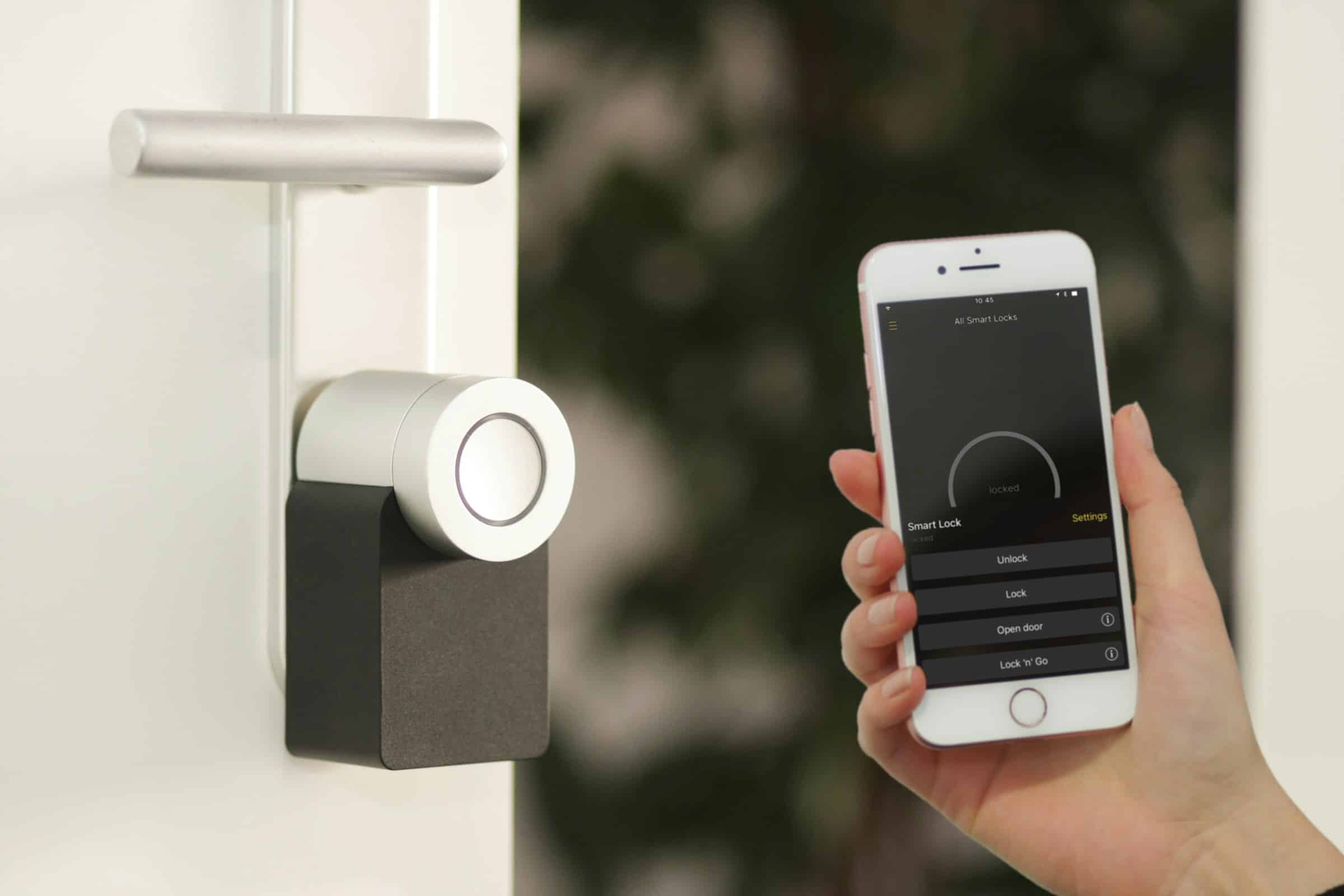In the digital age, smartphones have evolved far beyond their initial purpose of communication. Today, they serve as powerful tools that can revolutionize various aspects of our lives, including home security. With a vast array of smart home technologies available, you can transform your smartphone into a central hub for safeguarding your home. Understanding how to leverage these technologies can provide peace of mind and enhance your security measures effectively.
The Emergence of Smart Home Security
The integration of smartphones into home security systems marks a significant shift in how we perceive and manage our personal safety. Gone are the days when securing your home meant solely relying on traditional locks and alarms. Today, smart home security has become synonymous with convenience and efficiency, allowing you to monitor and control your home from anywhere in the world.
En parallèle : How to Use Your Smartphone as a Remote Control for Smart TVs?
Smart home security systems connect various devices such as cameras, sensors, and alarms to a central hub, often controlled via a smartphone app. This integration facilitates real-time monitoring, instant alerts, and remote management, ensuring that you have comprehensive control over your home’s security. The evolution of these systems is driven by technological advancements and the increasing need for secure, yet convenient, home security solutions.
Key Features of Smartphone-Integrated Home Security Systems
Understanding the key features that smartphone-integrated home security systems offer is crucial for making informed decisions. These systems are designed to be user-friendly while providing robust security measures. Let’s delve into some of the standout features that make these systems indispensable.
A lire en complément : What Are the Techniques to Enhance Smartphone Photography?
1. Real-time Alerts and Notifications: One of the primary advantages of using smartphones for home security is the ability to receive real-time alerts and notifications. Whether it’s an unusual motion detected by a security camera or a door sensor triggered, these alerts allow you to respond promptly to potential security breaches. This immediate feedback loop is essential for proactive home security management.
2. Remote Access and Control: The ability to monitor and control your home security system remotely is a game-changer. Through dedicated smartphone apps, you can view live footage from security cameras, arm or disarm your security system, and even lock or unlock doors from anywhere in the world. This level of control ensures that your home remains secure even when you’re not physically present.
3. Integration with Other Smart Devices: Modern home security systems don’t operate in isolation. They can be integrated with various other smart devices such as smart locks, lighting systems, and thermostats. This interconnected ecosystem enhances security by allowing automation and synchronized responses to security events. For example, if a security camera detects motion, the system can automatically turn on lights and lock doors.
4. User-friendly Interfaces: Smartphone apps for home security systems are designed with user experience in mind. They offer intuitive interfaces that make it easy to navigate through different features and settings. This ensures that even those who are not tech-savvy can effectively manage their home security.
Popular Smartphone-Compatible Home Security Technologies
Various technologies have emerged to enhance home security, all of which can be seamlessly integrated with smartphones. Each technology offers unique benefits, and understanding these can help you choose the best options for your needs.
1. Security Cameras and Video Doorbells: Security cameras and video doorbells are among the most popular smartphone-compatible home security devices. These devices provide live video feeds and store recordings, which can be accessed via smartphone apps. Many of these cameras come equipped with features like night vision, motion detection, and two-way audio, allowing you to communicate with anyone at your doorstep.
2. Smart Locks: Smart locks eliminate the need for traditional keys, offering a more secure and convenient way to control access to your home. These locks can be managed via smartphone apps, allowing you to lock or unlock doors remotely. Additionally, you can create virtual keys for family members or guests and track entry logs to see who has accessed your home and when.
3. Intrusion and Motion Sensors: Intrusion and motion sensors are critical components of any home security system. These sensors can detect unauthorized entry or movement within your home and send instant alerts to your smartphone. Some advanced systems can even differentiate between human and pet movements, reducing the chances of false alarms.
4. Smart Alarms and Sirens: Smart alarms and sirens enhance the effectiveness of your home security system by deterring potential intruders. These devices can be triggered remotely via smartphone apps or automatically in response to detected security events. Some systems also feature silent alarms, which notify you discreetly without alerting the intruder, allowing for a more strategic response.
Setting Up and Optimizing Your Smartphone-Integrated Home Security System
Setting up a smartphone-integrated home security system may seem daunting at first, but with the right guidance, it can be a straightforward process. Here are some essential steps to help you get started and optimize your system for maximum effectiveness.
1. Choosing the Right System: The first step is to select a home security system that meets your specific needs. Consider factors such as the size of your home, the number of entry points, and your budget. Research different brands and read reviews to ensure you choose a reliable and reputable system.
2. Installation: Most modern home security systems are designed for DIY installation, making the process relatively simple. Follow the manufacturer’s instructions carefully, and ensure that all devices are correctly placed and configured. If you’re not comfortable with DIY installation, consider hiring a professional to assist you.
3. Connecting to Your Smartphone: Once the hardware is installed, download the corresponding smartphone app and create an account. Follow the app’s setup instructions to connect your devices to your smartphone. This typically involves scanning a QR code or entering a unique code provided by the manufacturer.
4. Customizing Settings: Customize the settings within the app to tailor the system to your preferences. This includes setting up notification preferences, defining “arm” and “disarm” schedules, and creating access permissions for other users. Take the time to explore all the features available in the app to ensure you’re taking full advantage of your system.
5. Regular Maintenance and Updates: To keep your home security system functioning optimally, perform regular maintenance checks and ensure that all devices and apps are updated to the latest firmware. This helps prevent any potential security vulnerabilities and ensures that you have access to the latest features and improvements.
Tips for Enhancing Home Security with Smartphones
Maximizing the effectiveness of your smartphone-integrated home security system involves more than just installation and setup. Here are some additional tips to enhance your home security using smartphones:
1. Enable Two-Factor Authentication (2FA): Protect your home security app by enabling two-factor authentication. This adds an extra layer of security by requiring a second form of verification, such as a text message code, in addition to your password.
2. Secure Your Wi-Fi Network: Since your home security system relies on your Wi-Fi network, ensure that it is secure. Use a strong, unique password for your Wi-Fi and enable WPA3 encryption. Regularly update your router’s firmware to patch any security vulnerabilities.
3. Use Strong and Unique Passwords: Use strong and unique passwords for your home security app and any associated accounts. Avoid using easily guessable passwords and consider using a password manager to keep track of your login credentials.
4. Regularly Review Security Footage: Make it a habit to regularly review security footage and logs. This helps you stay informed about any unusual activity and ensures that your system is working as expected.
5. Educate Household Members: Ensure that all household members are familiar with the home security system and know how to use the smartphone app. This includes understanding how to arm and disarm the system, respond to alerts, and access the security footage.
Leveraging smartphones for home security offers unparalleled convenience, control, and peace of mind. By understanding the various methods and technologies available, you can create a robust and effective security system tailored to your specific needs. From real-time alerts and remote access to integration with other smart devices, smartphone-integrated home security systems provide comprehensive solutions for safeguarding your home. As technology continues to advance, these systems will only become more sophisticated, offering even greater levels of protection and convenience. So, embrace the power of your smartphone and take control of your home security today.






